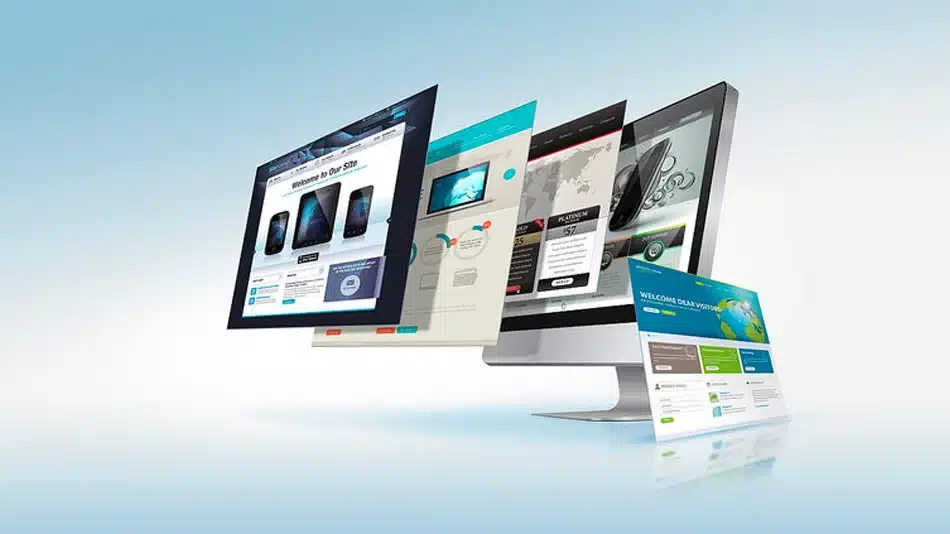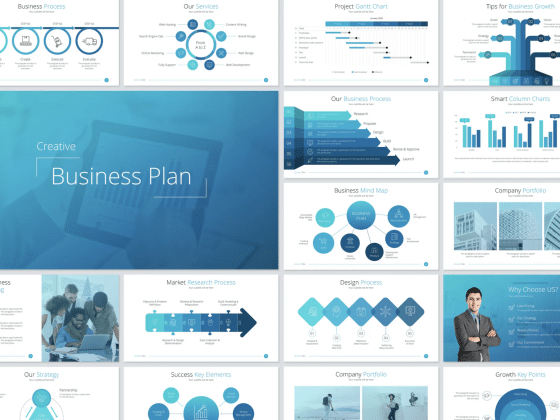Are your website visitors bouncing off your page without taking any action? One of the most important elements of a successful website is an effective call-to-action (CTA) and most good companies that design websites know that. CTAs are the prompts that encourage users to take specific actions, such as filling out a form or making a purchase. However, designing effective call-to-actions can be challenging and requires careful consideration. In this article, we will share eight tips on how to design compelling CTAs that improve user engagement and drive conversions for your web design agency. So, grab a pen and paper because you won’t want to miss these valuable insights!
1. Use Clear and Concise Language
When it comes to designing effective CTAs, using clear and concise language is key. Your CTA should be short and to the point, conveying the action you want your user to take in as few words as possible. Avoid jargon or buzzwords that may confuse or frustrate your audience.
To ensure clarity, use plain English and active voice instead of passive voice. This means structuring your sentences so the subject performs the action rather than being acted upon. For example, “Download our free guide” is more direct than “Our free guide can be downloaded.”
Additionally, consider the context of where your CTA will appear on your website. If it’s in a prominent location like above-the-fold on your homepage, use language that clearly conveys what users can expect after clicking.
Remember: a confused user won’t convert into a customer! So keep things simple and straightforward by using clear and concise language in all of your CTAs.
2. Create Urgency
Creating urgency is a powerful way to get your website visitors to take action. When people feel like time is running out, they tend to act quickly instead of putting things off for later. So, how can you create urgency in your calls-to-action (CTAs)?
One way to do this is by using limited-time offers or deals that expire soon. For example, you could offer a discount code that’s only valid for the next 24 hours or promote a flash sale that ends at midnight.
Another effective tactic is to use scarcity in your CTAs. This means highlighting that there are only a limited number of spots available or that supplies are running low. This creates a sense of exclusivity and prompts people to act fast so they don’t miss out.
You can also create urgency through language and tone in your CTAs. Use phrases like “Act now” or “Don’t wait” to motivate visitors into taking immediate action.
Remember: creating urgency doesn’t mean being pushy or manipulative with your audience. It’s about giving them an incentive to take action sooner rather than later, which benefits both parties involved.
By incorporating these tactics into your web design agency’s CTAs, you’ll effectively increase user engagement on your website and drive conversions as well!
3. Use Action-Oriented Verbs
When designing call-to-actions (CTAs), it’s important to use action-oriented verbs that convey a sense of urgency and motivate users to take action. Action verbs are powerful because they encourage users to do something, rather than passively consume content.
Start by thinking about the specific action you want your users to take. Do you want them to sign up for a newsletter? Download an e-book? Register for a webinar. Use strong, actionable words that clearly communicate what the user can expect when they click on your CTA button.
Some examples of effective action verbs include “download,” “register,” “Subscribe,” and “learn.” These words create a sense of excitement and make users feel like they’re getting something valuable in return for their actions.
It’s also important to consider the context in which your CTAs will appear. For example, if you’re promoting an e-commerce website, using phrases like “buy now” or “shop today” can be very effective in encouraging conversions.
Remember, your CTAs should always align with the goal of your website or landing page. By using clear and compelling language that motivates users to take immediate action, you’ll increase engagement and drive more conversions over time.
4. Make CTAs Stand Out
Making call-to-actions (CTAs) stand out is crucial in order to catch the user’s attention and encourage them to take action. Here are some tips for making CTAs stand out:
Firstly, choose a contrasting color for your CTA buttons that stands out from the rest of the page. This will help draw attention to it and make it easier for users to find.
Secondly, consider using larger font sizes or bold text for your CTAs so they are more noticeable on the page.
Another way to make CTAs stand out is by adding animation or movement. For example, you could add a hover effect or an animated button that changes color when clicked on.
Consider placing your CTA in a prominent location such as above the fold or at the end of a section where users are most likely to be engaged with your content. Remember, if users can’t find your CTA easily, they won’t take action!
5. Place CTAs Strategically
Placing CTAs in the right spot is crucial for improving user engagement. But where exactly should you place your call-to-action buttons?
Firstly, it’s important to consider the user flow when designing the placement of CTAs. Put yourself in users’ shoes and imagine how they would navigate through your website. Then, strategically position CTAs in places where they make sense.
One effective strategy is placing CTAs above the fold on landing pages. This ensures that users see them immediately upon arrival and increases the chances of click-throughs.
Another strategic location for CTA placement is at the end of blog posts or product descriptions. After reading or browsing through the content, users are more likely to be interested in taking action.
Additionally, incorporating sticky headers or sidebars with persistent CTAs can also improve engagement rates by keeping the button visible even as users scroll down a page.
Ultimately, pinpointing optimal CTA placement depends on understanding user behavior and designing accordingly. Testing different placements can help determine what works best for your specific audience and website design.
6. Offer Incentives
When it comes to creating effective call-to-actions (CTAs), offering incentives can be a great way to drive user engagement. Incentives give users a reason to take action, whether it’s making a purchase, signing up for a newsletter, or downloading an ebook.
One of the most common incentives is a discount or promo code. Offering even just 10% off can make all the difference in convincing someone to click your CTA button. Other popular incentives include free trials, bonus content like webinars or guides, and loyalty rewards programs.
It’s important that any incentive you offer is relevant and valuable to your target audience. For instance, if you’re targeting small business owners looking for web design services , offering them access to exclusive templates could be very appealing.
Another key consideration when offering incentives as part of your CTAs is how they fit into your overall marketing strategy. You don’t want to sacrifice profitability by giving away too much for free. However, if used wisely and strategically, incentives can help attract new customers and increase conversions on your website.
7. Keep CTAs Short and Sweet
When it comes to call-to-actions (CTAs), less is definitely more. Keeping CTAs short and sweet is a critical aspect of designing effective ones that improve user engagement.
Long, convoluted CTAs are confusing and overwhelming for users, making them less likely to take action. The goal should be to create simple yet compelling CTAs that clearly communicate what the user can expect by clicking on them.
One way to keep your CTAs short and sweet is by using concise language that gets straight to the point. Avoid using filler words or vague phrases that may confuse or distract users from taking action.
Another important factor in keeping your CTAs brief is choosing powerful verbs that convey a sense of urgency and encourage immediate action. Words like “get,” “download,” “register,” or “buy” are all effective examples of actionable verbs used in CTA copy.
Additionally, it’s crucial not to overload your CTA with too much information. Stick with one clear message per CTA, whether it’s directing users toward signing up for a newsletter or downloading an e-book.
In summary, keeping your CTAs short and sweet makes them easier for users to understand and act upon quickly without any confusion or hesitation. So next time you design a CTA make sure you keep it simple, clear, direct, and highly focused on encouraging immediate action!
8. Test and Refine
By implementing these eight strategies, you can design call-to-actions that effectively engage users and drive conversions. However, the work doesn’t stop there. To optimize your CTAs even further, it’s important to test and refine them over time.
A/B testing is a great way to determine which variations of your CTA perform best. You can test different colors, copy, placement or incentives to see what resonates most with your audience.
Remember that design effective call-to-actions is both an art and a science. It takes creativity, data analysis and ongoing experimentation to truly master the craft. But by following these tips and continuously refining your approach based on results you’ll be well on your way to improving user engagement for years to come!
Conclusion: The effective call-to-actions are a critical element of any website or digital marketing strategy. By using clear language, creating urgency, using action-oriented verbs, making CTAs stand out, placing them strategically, offering incentives, keeping them short and sweet, and testing and refining over time, you can significantly improve user engagement and conversion rates. Remember to always put the user experience first and continually analyse and refine your CTAs to ensure they are meeting the needs of your audience. By implementing these tips and best practices, you can design effective call-to-actions that inspire users to take action and achieve your marketing goals.







